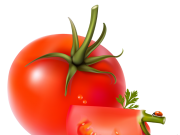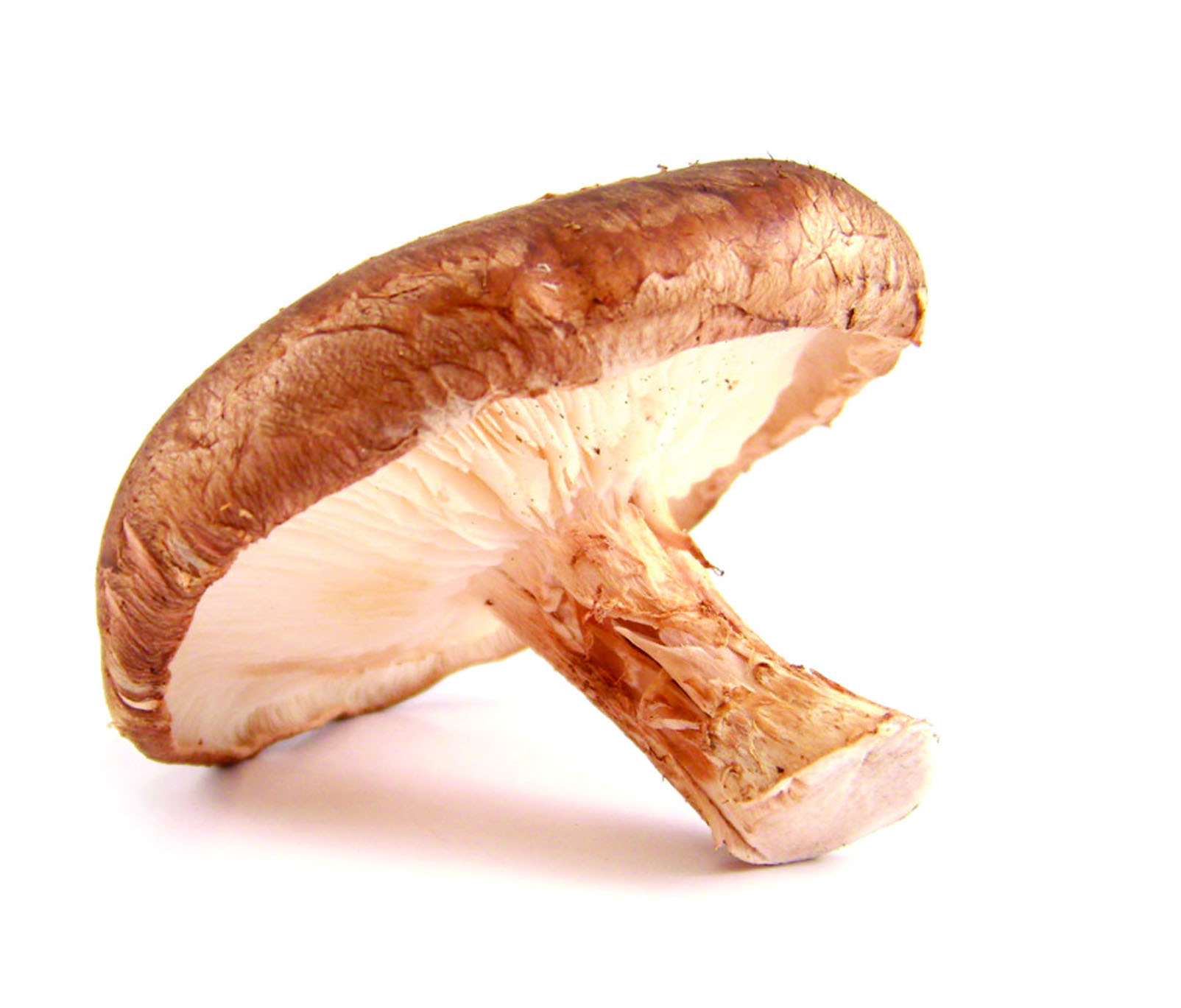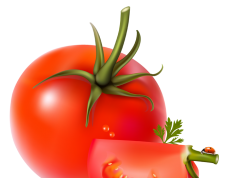By Olufemi Saliu, M.D
At the end of my second year in high school, I embarked on an all-day adventure in a forest with my uncle in search of a medicinal vegetable. The long trek began on a bright day in 1973 at Ogbomoso, a town in Oyo state, Nigeria. We moved from trails to trails, and shrubs to shrubs inspecting different plants but ended the day empty-handed.
On that memorable day-and up till recently, I had no inkling that any plants found nearby-as opposed to in the heart of the forest- such as mushrooms, a delicacy that appeared frequently in soups, could have any medicinal potential. However, the study on mushrooms conducted in South East China from 2004 to 2005-and published in International Journal of Cancer in 2009, and other studies have shown that this ubiquitous plant is more than a delicacy.
The women on daily diet of mushrooms (up to 14.38grams) had 64% reduction in breast cancer risk; when green tea was added the risk went down by up to 90%. Those who consumed over 10 grams of mushrooms a day had greater reduction in breast cancer risks than those who ate less than 10 grams a day. Furthermore, studies have linked the extracts of edible mushrooms to other functions such as antioxidant, hypocholesterolemic (lowering cholesterol), antidiabetic, anti-cancer, immunomodulatory, antiallergic, nephroprotective (kidney protection), and antimicrobial.
The mushroom shown in the accompanied picture is 13 grams, while the egg and the piece of broccoli are 68 grams, and 11 grams respectively. In the study done in China the maximum daily consumption of mushroom was 14.38 grams-and it demonstrated tremendous health benefits from daily consumption of mushroom just about the size of a piece of broccoli.
It is imperative at this juncture to state that the wonders in mushrooms abound in variety of fruits, vegetables, raw nuts, seeds, legumes, and whole grains: as it is in mushrooms so it is in tomatoes, onions, garlic, broccoli, and kale. Every plant-based produce has a phytochemical (or medicinal) profile. It relates the non-nutrient chemicals found in the produce to their respective health benefits. In the context of what is known now about phytochemicals, the table below is like the tip of an iceberg.
With increasing prevalence of diabetes, cardiovascular diseases, and cancers, it’s crucial to stress that basic health care begins in the produce section of the neighborhood’s grocery store-and in the kitchen; not in the hospital. Decreasing the risks of cancers and cardiovascular diseases begins with habitual consumption of different species and varieties of fruits, vegetables, and whole grains.
The team concept may be applied here. Everyone needs a “team” of fruits, vegetables, legumes, nuts, seeds, and whole grains (except wheat). This is mine: oatmeal, ground flaxseed, raw whole walnut, orange, banana, and a glass of water for breakfast; broccoli (plus kale or/and romaine lettuce), onion, bell peppers (green, yellow, orange, and red), mushrooms, banana, orange, and one of brown rice, quinoa, beans for lunch or dinner, and for snacks, raw whole nuts (cashew, almond, and walnut), and fruit/vegetable salad have replaced cookies and chips. Make up your own “dream team”.
Going back to the featured produce, Agaricus bisporus-also known as common mushroom, button mushroom or table mushroom- is one of the most commonly consumed mushrooms in the world. When immature, it’s known as baby bella; the mature agaricus bisporus is called Portobello. Based on the China study quoted in this article, edible mushrooms should-from now on-be included in our daily diet: in salad, smoothies, soups, stews, and snacks. Use only edible mushrooms you buy from the stores; not the ones you pick in your garden or on the trail, as they might cause adverse health problems.
It’s necessary to propose changes to a number of known recipes.
- Ø Jollof rice- use brown rice instead of white rice; add edible mushrooms, and chopped broccoli (or a preferred green vegetable).
- Ø Rice- change to brown rice.
- Ø Danwake-combo of brown rice and beans cooked together.
- Ø Tuwo-sinkafa: corn meal with rice (use brown rice).
- Ø Quinoa- This is an excellent source of plant protein. It’s a whole grain. You may cook it like rice. A cooked mixture of brown rice and quinoa (1-1) with stew or soup is delicious.
- Ø Moin-moin-use whole beans, and add edible mushrooms, chopped broccoli or any green vegetable, along with your choice of condiments.
- Ø Akara-use whole beans.
- Ø Soup-just before soup is done, add pieces of mushrooms, and chopped broccoli, and allow it to simmer. The same thing may be done with okra, ewedu, egusi, ogbono, luru, and whole bean soups.
My dear readers, the road to health is narrow; it passes through the produce department of the grocery store lined with fresh fruits, vegetables, and raw nuts. On the other hand, the road to sickness is wide; it passes through the middle of the store full of colorful packages of varieties of processed foods such as honey roasted nuts, bread, and cereals. Avoid the path of least resistance.

































An amazing discovery and article on mushrooms.
Mushrooms are definitely the medicinal organic food of the world.